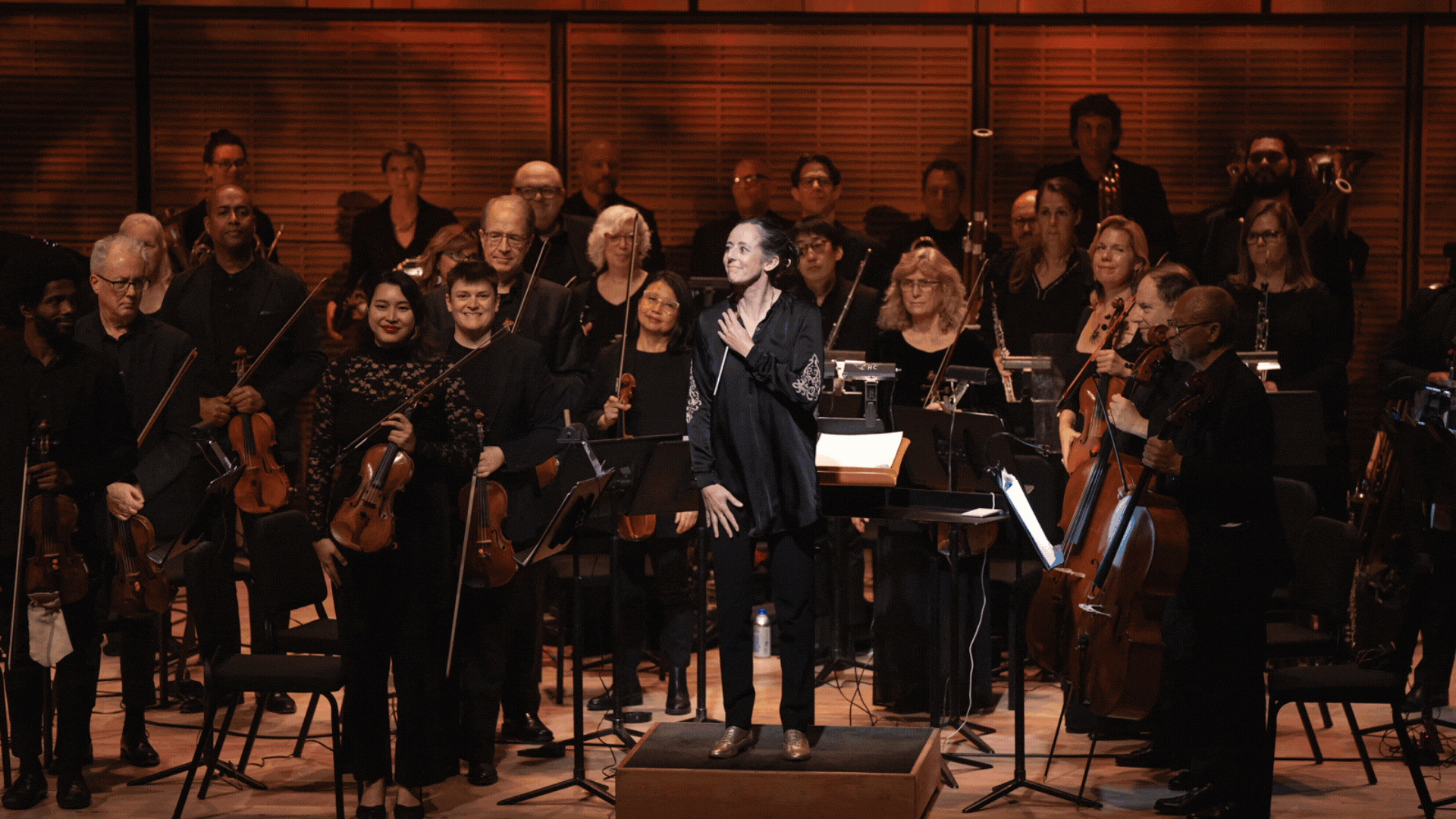Contempo-Scary Music: Composer Spotlight - Judith Shatin
Judith Shatin’s Black Moon was developed through ACO’s coLABoratory program, which allows for the research and development of new works and techniques. Black Moon incorporates conductor-controlled electronics—specific conductor gestures directly trigger and move sounds in space by means of a Kinect controller. Last spring, ACO presented Judith's work-in-progress at coLABoratory, a sketch using the Kinect technology titled Red Moon. The video below shows a clip from Red Moon performed by conductor George Manahan and musicians from the ACO.
ACO premieres Shatin's finished work, Black Moon, at its 40th Season Opener on October 28, 2016 at Carnegie Hall's Zankel Hall in a program titled Contempo-Scary Music, celebrating the Halloween weekend with music inspired by all things sinister and suspenseful. Judith was kind enough to followup on her previous Q&A about the project.

Composer Judith Shatin
American Composers Orchestra: Your piece explores cycles—such as the cycle suggested by four appearances of the moon when only three are expected, giving rise to the ‘black moon.’ How is this manifested in your composition?
Judith Shatin: The underlying structure of the piece is built around the idea of four events when only three are expected. So, for instance, there are three subtly altered repetitions of extended electronic sounds that announce three of the sections, with another that stands out in both its timbres and rhythms. This idea can be found in different aspects of the piece.
ACO: Can you talk about the roles of the orchestra and conductor-controlled electronics to create these cycles?
JS: The orchestration relates directly to these cycles, with certain instrumental combinations featured in each. Meanwhile the electronics, controlled by the conductor, also change in palpable ways for each cycle.
ACO: All of the electronics in Black Moon, controlled during the performance by conductor George Manahan, are digitally transformed recordings of acoustic instruments. What did you record and how did you alter the recordings?
JS: I recorded representative string, wind, brass and percussion instruments and then dramatically transformed them using a variety of digital techniques. On the one hand, I wanted to create an organic link between the instruments and electronics, but on the other I also wanted to create a new sonic world that complements that of the orchestra.
ACO: In a conventional orchestra piece without electronics or any kind of aleatoric writing, the composer would hope the piece would sound pretty much the same from performance to performance. Is this the case in Black Moon, or does inclusion of conductor-controlled electronics mean that the world premiere could sound noticeably different than any other subsequent performance?
JS: The orchestral part uses a few, limited aleatoric elements, inspired by the shifting, chaotic, elements in nature. However, most of the piece is set, and the electronics will be the same each time. There will be some small changes in their flow when the conductor moves the sound around. However, since I wanted the elements to blend in a certain way, I did not feature random elements.
ACO: How have things progressed since the coLABoratory workshop last March?
JS: The coLABoratory was very useful. An orchestra conductor literally has his/her hands full. I realized that having the left arm trigger sounds was too constraining. So, we changed that trigger to a foot switch. The left arm is still used to sweep the sound around, and that is a gesture that is quite natural for a conductor.
ACO: In our last Q&A we asked if Black Moon would contain thematic elements from Red Moon, the musical sketch you composed to demonstrate your work-to-date. You didn’t know the answer then, but how about now?
JS: There are very few elements that have remained from the earlier musical sketch. I composed most of Black Moon after the coLABoratory, responding both to that experience and to the evolution of my ideas about the piece.
ACO premieres Black Moon at its 40th Season Opener: Contempo-Scary Music, October 28, 2016 at Carnegie Hall's Zankel Hall.
Learn more about Judith at www.judithshatin.com
Corporate gifts to match employee contributions are made by Goldman Sachs, Deutsche Bank, Triton Container International Incorporated of North America, and Neiman Marcus.
Public funds are provided by the New York City Department of Cultural Affairs in partnership with the City Council, and the New York State Council on the Arts with the support of Governor Kathy Hochul and the New York State Legislature, Office of Brooklyn Borough President Reynoso, and the National Endowment for the Arts.






